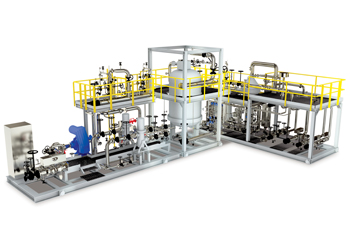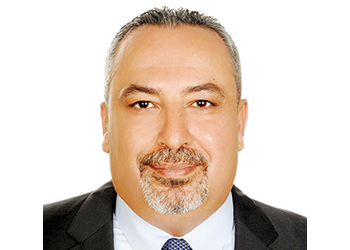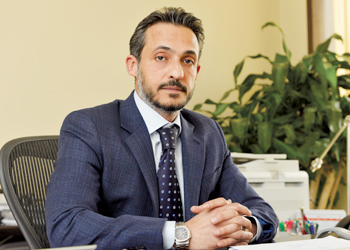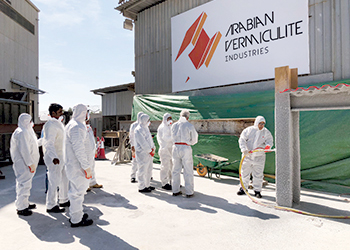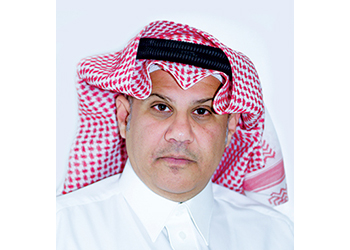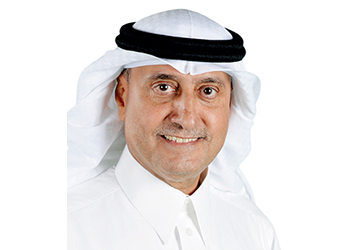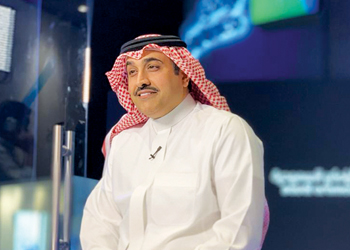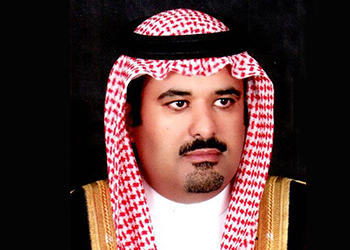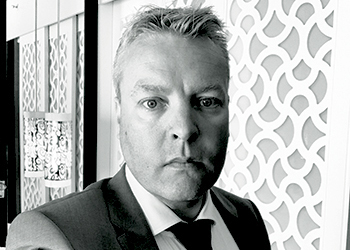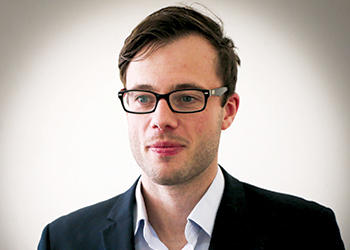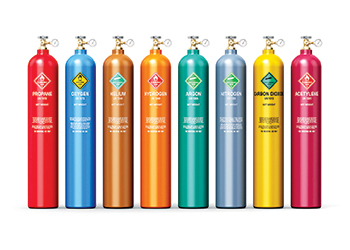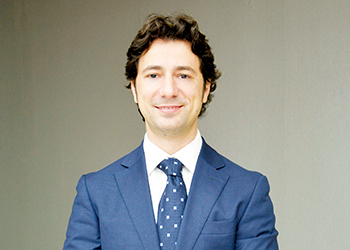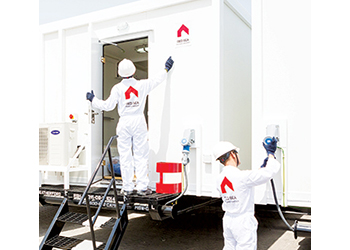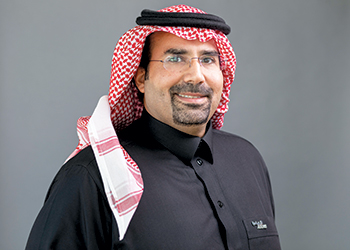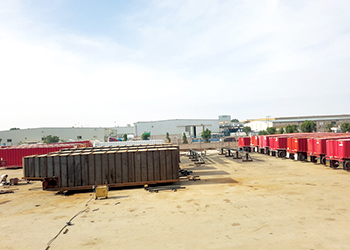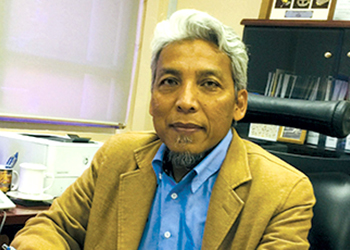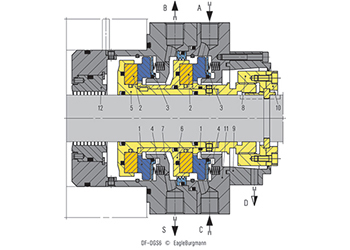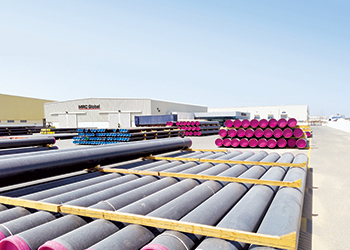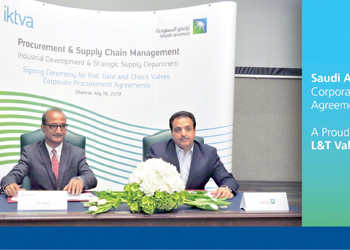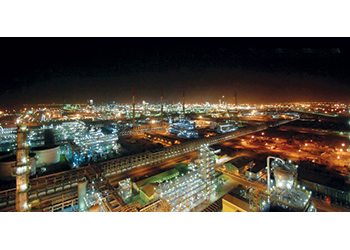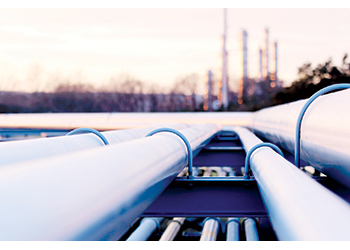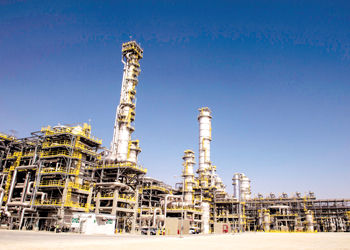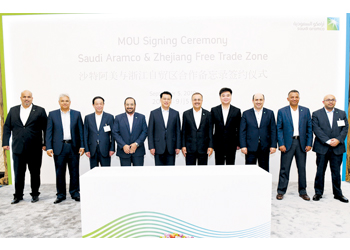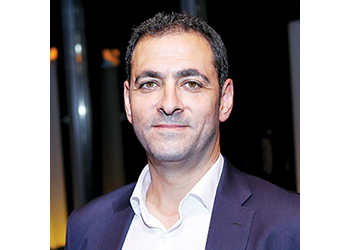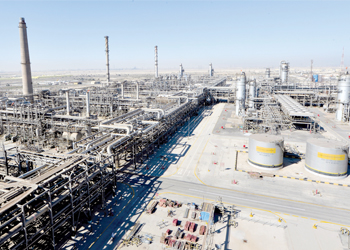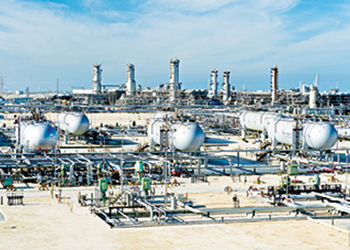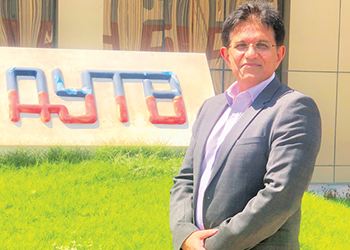
The much-anticipated share offering has returned to the fore after being put on hold last year. Plans now target a listing of the state-owned oil giant’s shares in 2021 or 2022
Saudi Arabia may limit a revived initial public offering (IPO) of oil giant Saudi Aramco to the kingdom’s own stock market, in an attempt to resolve previous obstacles.
Sources familiar with the matter said the Saudis are considering the option of listing Aramco only on the Tadawul stock exchange in Riyadh–at least initially–because this would shield the company from tough disclosure rules and legal complications arising from a Western listing, particularly in the US.
Sources also say Saudi leaders are now more willing to accept that Aramco’s valuation might be less than the $2 trillion initially targeted–even after the company’s recent acquisition of a 70 per cent stake in petrochemicals giant Saudi Basic Industries Corp. (Sabic) – and that this will ultimately depend on market conditions at the time of the IPO.
The much-anticipated share offering has returned to the fore after being put on hold last year. Plans now target a listing of the state-owned oil giant’s shares in 2021 or 2022. A final decision on proceeding with the IPO has not been made yet, but the comments suggest increased flexibility by the Saudis to make it happen this time.
The idea currently being mulled is to let domestic and international investors buy Aramco shares via an IPO on the Tadawul, which is the Middle East’s largest stock exchange with an aggregate market capitalisation of nearly $540 billion.
An international listing of the world’s most profitable company might still happen at some point in the future, the sources said.
There has been no official word from Aramco on the revived IPO plans, but the sources said preparations for the offering are under way. The percentage of Aramco’s shares to be listed remains unclear; the original plan envisaged the sale of a 5 per cent stake.
Aramco has sent out requests for proposal to major financial institutions interested in advising the company and implementing the IPO process, but a selection has not yet been made. Some of the banks that took part in the earlier IPO preparations remain interested.
Banks HSBC, JPMorgan, Morgan Stanley, Goldman Sachs, and financial advisers Lazard and Moelis are all among the pool of candidates. Lazard advised Aramco earlier this year on its $12 billion bond sale, which drew bids in excess of $100 billion.
The idea of an Aramco IPO was first mooted by Crown Prince Mohammed bin Salman in January 2016 and was originally planned for 2019. The intention was to sell a 5 per cent stake to domestic and international investors, with the prince suggesting at the time that the entire company would command a valuation of $2 trillion.
Proceeds from the IPO were to go the kingdom’s Public Investment Fund (PIF) to provide it with additional funds for investments that would help to diversify the Saudi economy and reduce its dependence on oil as part of the crown prince’s Vision 2030 economic reform plan.
The Aramco IPO was put on hold last year as it hit obstacles related to valuation of the company, concerns about disclosure requirements and other complications related to going public.
At the time, industry insiders told Energy Intelligence that the IPO plans might be revived in the future, if they could win the support of the kingdom’s leadership.
Energy Intelligence understands that the integration of Sabic into Aramco will take six to 12 months from when the deal was agreed in March, with Aramco completing the payments in installments by the end of 2021 or the beginning of 2022.
To help fund the Sabic acquisition, Aramco raised $12 billion through a bond issue that led the company to open its books to the public for the first time via a prospectus that confirmed Aramco’s status as the world’s most profitable company with net income of $111 billion in 2018.
The company took another step toward greater transparency earlier this month, when it held its first conference call with investors and analysts as it reported earnings for the first half of the year, although this provided little in the way of substantive new information.













































































